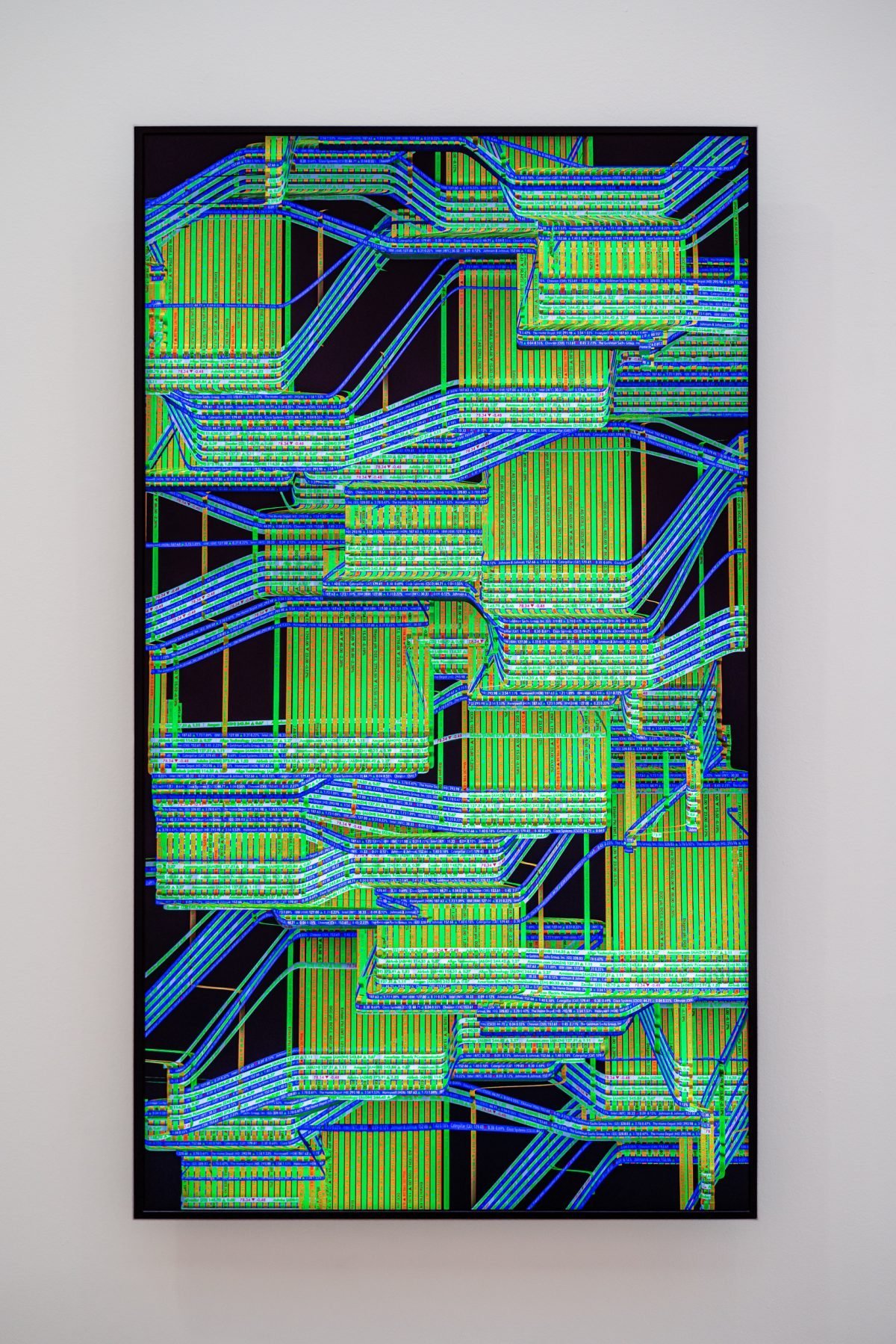Daniel Canogar is an award-winning multidisciplinary artist working across photography, video, sculpture, and installation. Themes of memory and its loss are central to his art. In his most recent data-driven artworks made with sculptural LED screens, Canogar examines the implications of technological changes from material-based media to online platforms. Connected to the Internet, these artworks use live feeds to capture the ceaseless flow of information in today’s world, materializing intangible yet ubiquitous data that affects every aspect of our lives.
Details
Description: Manual labor is disappearing. Potters, glass blowers or cabinetmakers, to name just a few, are dying trades, and with their dwindling presence long traditions refined through the centuries fade. Electronics and the robotization of the manufacturing process erase the hand as a fabricating tool. Homo faber gives way to homo cyber. What a paradox that in the digital era, it is precisely the digit of the hand that disappears from the labor process. Plexus questions the hand of the artist as the origin of an artwork in the digital era. The clusters of hands seen in the artwork - those of the artist- depict fingers weaving in the air to form undulating curtain-like formations. The rhythms of the hands resemble the choreography of Busby Berkeley and Esther Williams´ films from the 1930s, as well as the use of humans as mass ornament in the Third Reich's Nuremberg parades. Hands, so present through the history of art since the first cave paintings, here succumb to multiple synchronized rhythms, evoking the mass production of the global market. An important influence in the genesis of the artwork were Muybridge and Marey´s photographichuman motion studies from the late 19th Century, as well as the optical effects of the 18th Centuryzoetrope that created movement on static images. In these pre-cinematic inventions human beingswere incorporating themselves into the mechanical rhythms of the moment, of which photographyand film were a product. In the present we are synchronizing ourselves to the new rigors of a digitalculture. Plexus helps me reflect on how I want to incorporate, or resist, the unstoppable digitalrhythms of today. It also helps me to find my own trace in the Electronic Age.
Dimensions: N/A
Edition Type: 75" 4K HDR screen, Algorithm-generated video
Edition Size: Edition of 5 + AP















